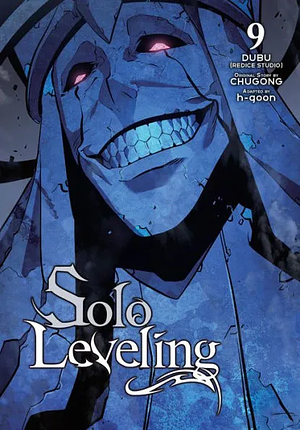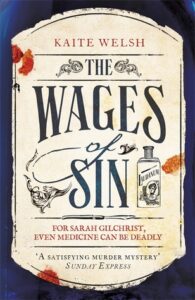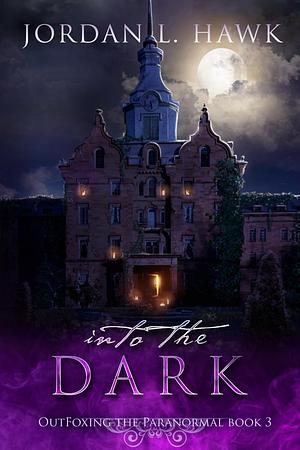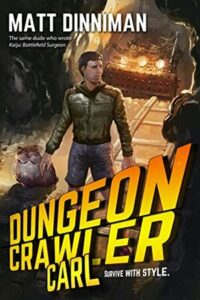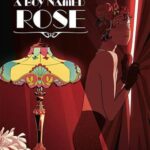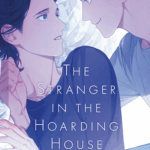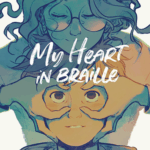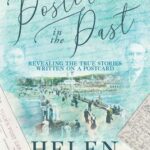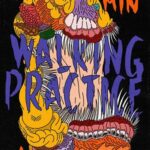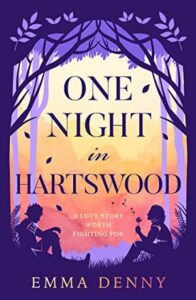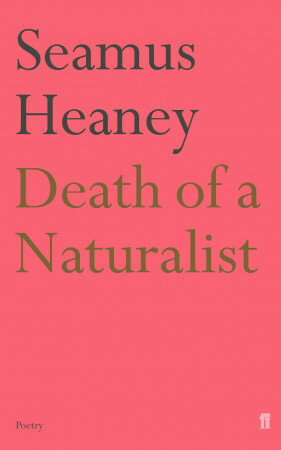
The Disabled Tyrant's Beloved Pet Fish
by Xue Shan Fei Hu
Genres: Fantasy, Light Novels, RomancePages: 412
Series: The Disabled Tyrant's Beloved Pet Fish #2
Rating:

Synopsis:Li Yu is settling into life in the lap of luxury as Prince Jing’s spoiled pet, especially now that he can turn back into a human once a day. Prince Jing seems infatuated with Li Yu’s human form, and romance begins to swell between the two men. Yet the secret of Li Yu’s identity lurks beneath the surface of their bubbly relationship.
Meanwhile, there are bigger fish to fry in the Imperial Court. It seems like every time Li Yu smacks down one of Prince Jing’s scheming brothers, another one emerges to plot against him! It’s up to Li Yu to make sure his handsome prince gets the happy ending he deserves. But will Li Yu himself be a part of the Prince’s future?
I went onto reading volume two of Xue Shan Fei Hu’s The Disabled Tyrant’s Beloved Pet Fish more or less right away — I love Li Yu and Prince Jing, and I badly needed to read more about their adventures. Li Yu isn’t always the brightest, but he means well… and Prince Jing is an entitled and sometimes ruthless prince, but he cares strongly for Li Yu, and I love the combination of them.
I also loved that Prince Jing works so hard to obey the rules Li Yu sets, and to make Li Yu see that he’s serious. The calligraphy put up all over the palace, aahh…! “There are no other lovers. I adore you.” So cringe, but so sincere as well: Prince Jing can’t exactly shout after him, or voice his feelings aloud, so he finds his own way to shout it from the rooftops.
I love as well that Li Yu has a think about whether this has a future, whether he can be with a fictional character, and basically concludes that his feelings are real, and he cares deeply for Prince Jing, so he needs to seize the chance. He rarely stops to angst that “oh, these are just characters in a story”, but he also hasn’t entirely lost sight of it.
I’m always mentally comparing it to that other isekai-with-a-system danmei I’ve read, The Scum Villain’s Self-Saving System, and thus it’s a relief that the characters communicate about things, that Li Yu isn’t deeply closeted and is quite open to the relationship, and that they actually get down to it and get together before they nearly wreck each other and end the world. I love Shen Qingqiu, but Li Yu is adorable, and though there are some similarities in the setup, this is a very different relationship that I’m enjoying very much.
It’s all ridiculous, you can’t take it too seriously at all… but it’s a lot of fun, and genuinely sweet. I immediately went on to the third volume!
Rating: 4/5 (“really liked it”)

